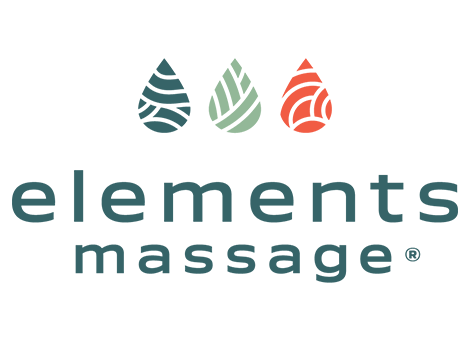Massage therapy has long been recognized as a beneficial practice for relieving stress, promoting relaxation, and addressing various physical ailments. Two popular forms of massage therapy that people often consider are deep tissue massage and Swedish massage. While both offer numerous advantages, they differ significantly in terms of technique, pressure, and intended outcomes. In this blog, we will explore the differences between deep tissue and Swedish massages to help you determine which one is best suited for your needs.
- The Basics of Deep Tissue Massage
Deep tissue massage is a therapeutic massage technique that focuses on addressing chronic muscle tension and targeting the deepest layers of muscle tissue. The primary goal of a deep tissue massage is to release built-up tension and alleviate chronic pain by applying deep pressure to specific muscles and connective tissues. This type of massage involves slow, deliberate strokes, and the therapist may use their elbows, forearms, or knuckles to reach the deeper layers of muscle.
Benefits of Deep Tissue Massage:
- Effective for chronic pain relief, including issues like back pain, neck pain, and muscle stiffness.
- Aids in breaking down scar tissue and adhesions that can restrict movement.
- Improves posture and flexibility.
- Provides relief from conditions such as fibromyalgia and sports-related injuries.
- Understanding Swedish Massage
Swedish massage, on the other hand, is the most common and well-known form of massage therapy. It's characterized by long, flowing strokes, gentle kneading, friction, tapping, and stretching. Swedish massage is primarily designed to promote relaxation, reduce stress, and increase overall well-being. It's often chosen for its soothing and nurturing qualities.
Benefits of Swedish Massage:
- Relaxes the entire body and mind, promoting a sense of tranquility.
- Improves blood circulation, which can boost energy levels and promote better sleep.
- Relieves minor muscle tension and stress.
- Enhances the body's natural detoxification process.
- Key Differences
To make an informed choice between deep tissue and Swedish massage, it's essential to understand their primary differences:
a. Pressure: The most significant contrast between the two is the level of pressure applied. Deep tissue massage uses intense, targeted pressure to reach deep muscle layers, while Swedish massage relies on lighter to medium pressure for relaxation.
b. Technique: Deep tissue massage involves slow and deliberate strokes that target specific problem areas, whereas Swedish massage employs long, flowing strokes and a variety of techniques designed to promote relaxation.
c. Purpose: Deep tissue massage is therapeutic and focuses on addressing specific issues or chronic pain, while Swedish massage aims to provide relaxation and stress relief.
d. Target Audience: Deep tissue massage is typically chosen by individuals with chronic pain or specific muscular issues, while Swedish massage is suitable for anyone looking for overall relaxation and stress reduction.
- Choosing the Right Massage for You
The choice between deep tissue and Swedish massage ultimately depends on your goals and physical condition:
- Opt for deep tissue massage if you have chronic pain, muscle tension, or specific areas of concern that require deeper work.
- Choose Swedish massage if you seek relaxation, stress relief, improved sleep, or a gentle overall massage experience.
Remember that it's also possible to blend these two massage styles in a customized session to cater to your unique needs and preferences.
Both deep tissue and Swedish massages offer a range of physical and mental benefits, making them valuable therapeutic tools. By understanding their differences, you can choose the one that aligns with your objectives, whether it's targeting deep-seated tension or simply indulging in relaxation. Whatever you decide, regular massage therapy can be an essential component of a holistic approach to health and well-being.

